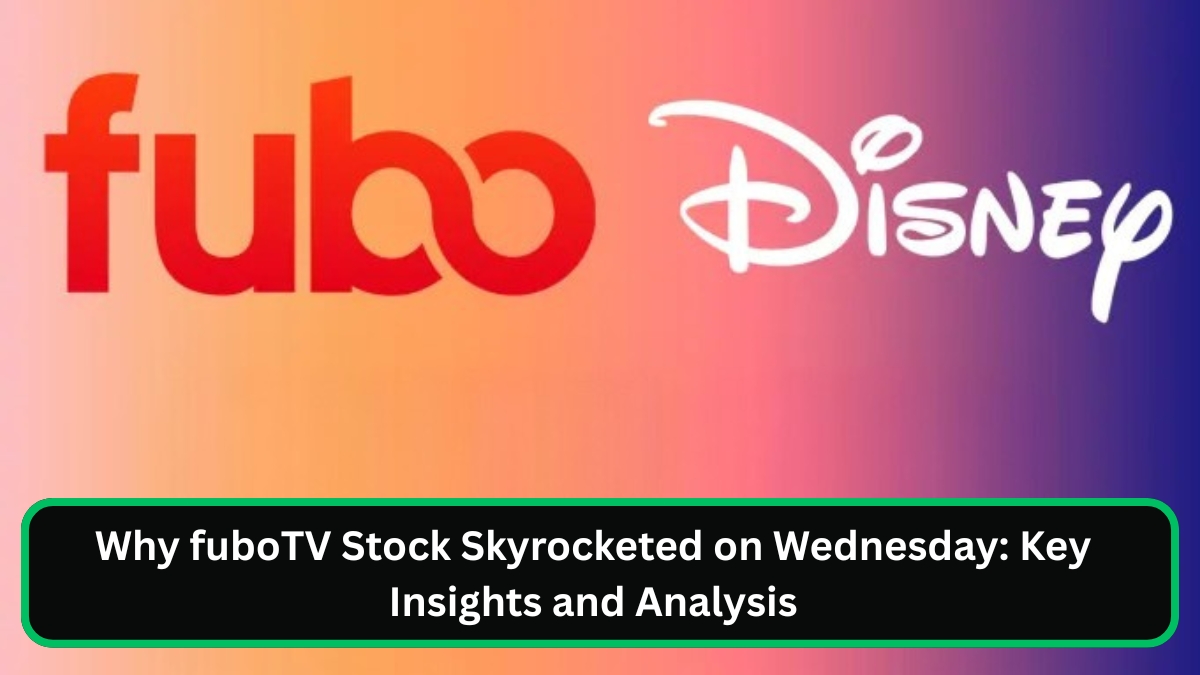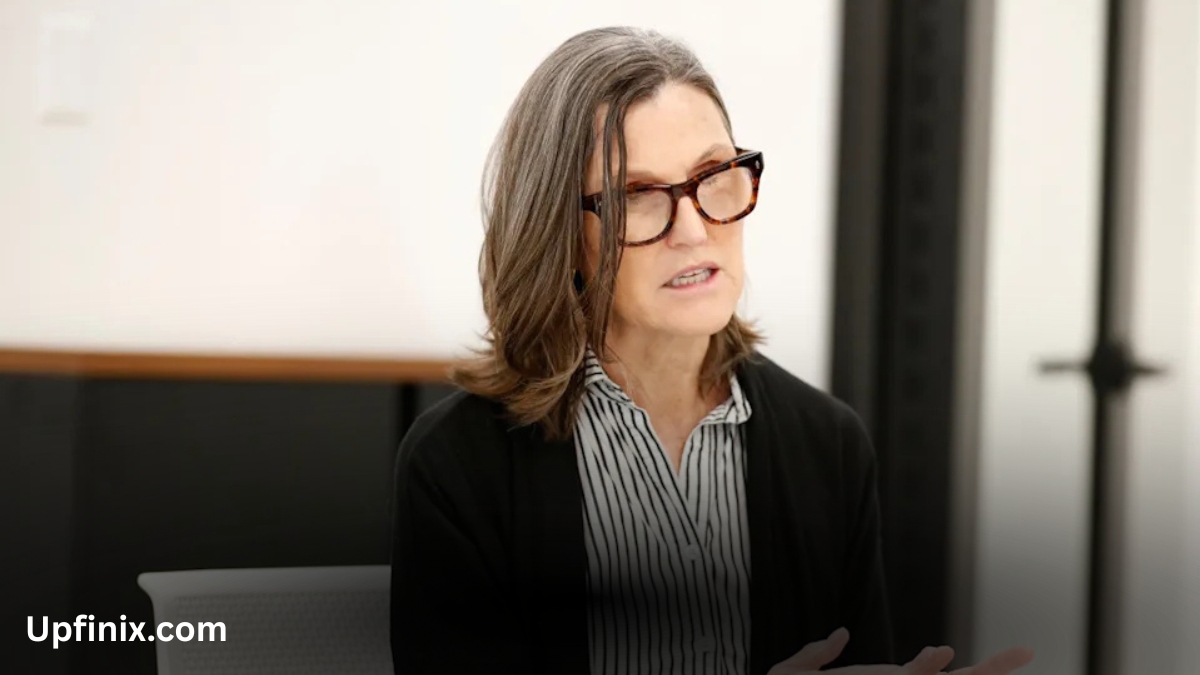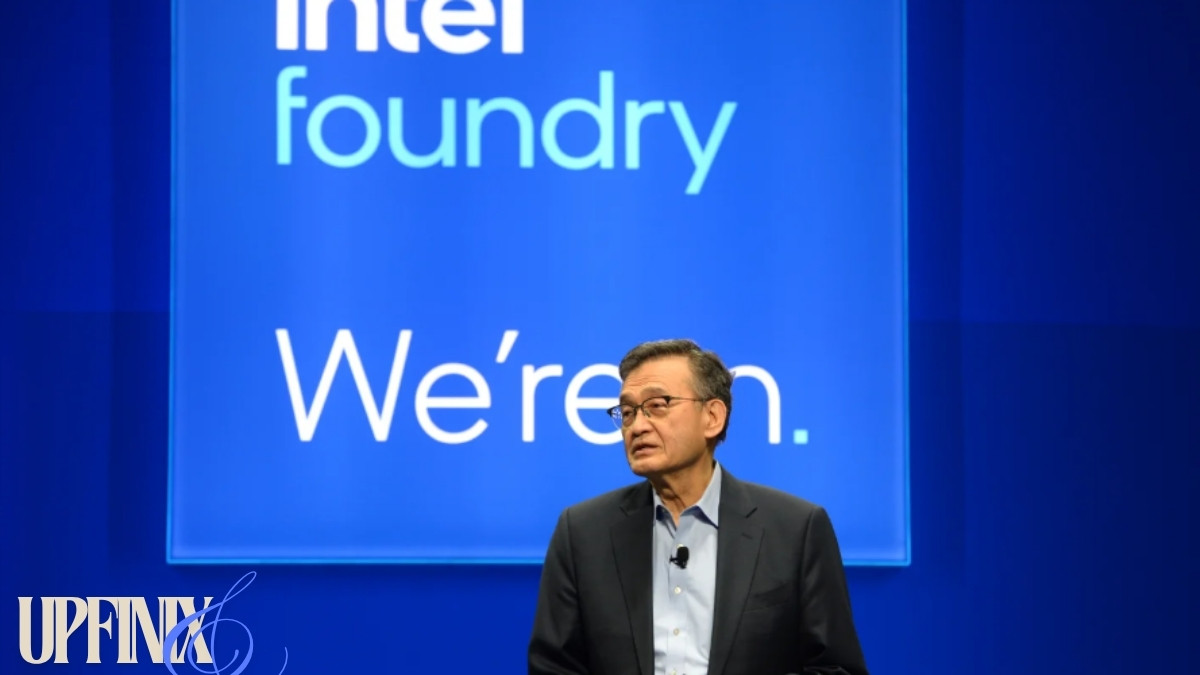In a world where healthcare costs are spiraling out of control and corporate profits seem untouchable, one man’s drastic actions have ignited a firestorm of debate. Luigi Mangione, a 26-year-old from a privileged background, allegedly took the life of UnitedHealthcare CEO Brian Thompson in December 2024. What truly captured the world’s attention, however, was the handwritten manifesto found in his possession—a document brimming with fury against the U.S. healthcare system and corporate greed. The Luigi Mangione manifesto has divided opinions: some see it as a raw cry for justice, while others dismiss it as the dangerous ravings of a troubled mind.
This article offers an in-depth exploration of the manifesto, breaking down its content, the context behind it, public reactions, legal ramifications, and the larger societal questions it raises. Whether you’re seeking to understand Mangione’s motivations or the systemic issues he targeted, this comprehensive guide has you covered.
Who is Luigi Mangione?
Luigi Mangione isn’t your typical headline-maker. Born into a prominent Maryland family known for their ventures in country clubs, nursing homes, and a radio station, Mangione’s life seemed destined for success. He excelled academically, graduating as valedictorian from an elite Baltimore private school before earning engineering degrees from the University of Pennsylvania. Yet, beneath this polished exterior, Mangione wrestled with personal demons.
On December 9, 2024, his life unraveled when he was arrested in Altoona, Pennsylvania, following a tip from a McDonald’s employee. Authorities found him carrying a gun, ammunition, fake IDs, cash—and the now-infamous Luigi Mangione manifesto. He stands accused of murdering Brian Thompson, UnitedHealthcare’s CEO, outside a New York City hotel five days earlier. Mangione has pleaded not guilty and remains in custody without bail.
Friends described him as brilliant yet troubled, grappling with chronic back pain and psychological distress in the months before the incident. His Goodreads reviews hint at his mindset, showing an interest in books about pain management and even a nod to Theodore Kaczynski, the Unabomber, whom he called a “political revolutionary” despite condemning his violence.
The Manifesto: Content and Context
The Luigi Mangione manifesto, a three-page handwritten document, is a scathing indictment of the U.S. healthcare system and corporate America. Published by journalist Ken Klippenstein and verified by law enforcement, it lays bare Mangione’s grievances. He calls out the healthcare system as the world’s most expensive yet one that delivers dismal life expectancy rankings. Health insurance companies, he writes, are “parasites” that “extract human life force for money.” Mangione justifies his alleged actions as a “targeted and precise” strike against corporate greed, contrasting it with indiscriminate acts like bombings, which he labels terrorism.
Read More: – Which is better and why: term or whole life insurance? Explained
Mangione’s personal struggles provide critical context. His chronic back pain likely fueled his disdain for a healthcare system he felt failed him. His manifesto also reveals a calculated choice: he considered other targets but settled on the health insurance industry because it “checks every box” of systemic corruption. While he expresses regret for any “strife or trauma” caused, he insists his actions were necessary.
Public Reactions and Media Coverage
The Luigi Mangione manifesto has polarized public opinion. Some resonate with his critique of healthcare and corporate excess, even if they reject his methods. Online forums buzz with comments like, “He’s saying what we’re all thinking,” reflecting widespread frustration. Others denounce him as a murderer whose manifesto doesn’t deserve airtime, urging a focus on mental health and gun control instead.
Media coverage has amplified the divide. Outlets like The New York Times have dissected the manifesto’s healthcare critiques, while others frame it as a criminal’s justification. Klippenstein’s decision to publish the full text sparked controversy—defended as transparency by some, decried as reckless by Mangione’s legal team. High-profile voices, from healthcare advocates to political commentators, have weighed in, drawing parallels to other politically charged manifestos while debating its societal impact.

Legal Implications and Ethical Considerations
Mangione faces grave charges, including murder and terrorism, with the manifesto serving as a linchpin for prosecutors. Excerpts released by the state underscore his premeditation, while his defense argues the document is being twisted to paint him as a terrorist. His next court date, set for June 26, 2025, will likely hinge on how the manifesto is interpreted.
Ethically, the manifesto’s publication raises thorny questions. Does the public’s right to know outweigh the risk of glorifying violence? Could it inspire copycats? Newsrooms grapple with these dilemmas, balancing transparency with responsibility. Meanwhile, the manifesto’s spotlight on healthcare failings prompts a broader ethical debate: how do we address systemic issues without violence?
Broader Societal Issues
The Luigi Mangione manifesto isn’t just about one man—it’s a mirror reflecting deep societal fractures. Here’s what it highlights:
- Healthcare Reform: Mangione’s critique of exorbitant costs and poor outcomes echoes calls for universal healthcare or stricter insurance regulations.
- Corporate Accountability: His targeting of a CEO taps into anger over unchecked corporate power, fueling demands for transparency and reform.
- Violence in Discourse: The manifesto forces us to ask—when does frustration justify violence, and what are the alternatives?
- Mental Health & Gun Control: Mangione’s pain and access to firearms spotlight gaps in support systems and weapon laws.
Also Read: – Stimulus Payments in 2025: A Comprehensive Guide
These issues demand solutions. Could better healthcare access have changed Mangione’s path? Can nonviolent protest address corporate greed effectively? The manifesto doesn’t answer these questions, but it insists we ask them.
FAQs
1. What is the Luigi Mangione manifesto?
The Luigi Mangione manifesto is a three-page handwritten document discovered on Mangione during his arrest for the murder of UnitedHealthcare CEO Brian Thompson on December 4, 2024. In it, he rails against the U.S. healthcare system—calling it overpriced and ineffective—and accuses insurance companies of exploiting people for profit. Verified by law enforcement and published by journalist Ken Klippenstein, the manifesto justifies his alleged actions as a targeted strike against corporate greed. Its significance lies in its raw critique of systemic issues, sparking debates about healthcare, violence, and accountability that resonate far beyond Mangione’s personal story.
2. Why did Luigi Mangione write the manifesto?
Mangione wrote the manifesto to voice his deep frustration with the healthcare system and corporate America, which he saw as intertwined evils. His personal battle with chronic back pain likely shaped his views, as did his perception of a system that prioritizes profit over people. Drawing inspiration from revolutionary figures like the Unabomber (noted in his Goodreads reviews), he believed targeting a high-profile CEO was a precise way to expose these flaws. While he expressed regret for any collateral pain, he framed his actions as a necessary wake-up call, driven by both personal grievance and societal critique.
3. What are the legal implications of the manifesto?
The manifesto is central to Mangione’s legal troubles, underpinning charges of murder and terrorism. Prosecutors point to its content—especially his justification of violence and admission of intent—as evidence of premeditation. His defense counters that it’s being misconstrued to vilify him, not explain him. With a court date looming in June 2025, the manifesto’s interpretation could determine his fate, potentially leading to life imprisonment if it sways a jury against him. It also raises questions about how such documents influence legal proceedings and public perception in high-stakes cases.
4. How has the public reacted to the manifesto?
Reactions to the Luigi Mangione manifesto are a mixed bag. Some Americans empathize with his healthcare critiques, nodding to their own struggles with rising costs and corporate indifference—though they stop short of endorsing murder. Others see it as a dangerous rant, arguing it distracts from solutions like policy reform or mental health support. Media coverage has fueled the split, with some outlets amplifying its ideas and others condemning its violence. Online, supporters and detractors clash, while figures like Klippenstein defend its release as vital context, making it a cultural lightning rod.
5. What broader issues does the manifesto raise?
The manifesto shines a harsh light on systemic woes: a healthcare system bleeding people dry, corporations dodging accountability, and a society where frustration sometimes turns violent. It questions why the U.S. spends more on healthcare than any nation yet lags in life expectancy, and why CEOs rake in millions while patients suffer. It also probes the ethics of violence as protest and the need for better mental health and gun laws. Solutions like universal healthcare, corporate oversight, and peaceful activism emerge as potential answers—issues that demand attention long after Mangione’s story fades.
6. Is the manifesto available to read online?
Yes, the full Luigi Mangione manifesto is accessible online via Ken Klippenstein’s Substack at kenklippenstein.com. Published after his arrest, it’s a raw, unfiltered look at his mindset. While some argue it should stay private to avoid glorifying violence, its availability has fueled public debate, letting readers judge its merits and flaws for themselves.
Conclusion
The Luigi Mangione manifesto is more than a criminal footnote—it’s a provocative lens on America’s healthcare crisis, corporate power, and the extremes of human desperation. While Mangione’s alleged actions are indefensible to most, his words have struck a chord, exposing raw truths about systemic failures. From legal battles to ethical quandaries, public outrage to quiet agreement, this document has left an indelible mark. As we move into 2025, it challenges us to confront these issues head-on—not with violence, but with dialogue and reform. Share your thoughts in the comments, pass this article along, or sign up for our newsletter to stay in the conversation.
What’s New in 2025?
By 2025, the healthcare landscape is shifting—rising costs persist, but so do reform efforts. New regulations aim to curb insurance overreach, while mental health initiatives gain traction post-Mangione. Gun control debates heat up, and corporate accountability faces fresh scrutiny. His manifesto, however dated, still echoes in these evolving discussions.










